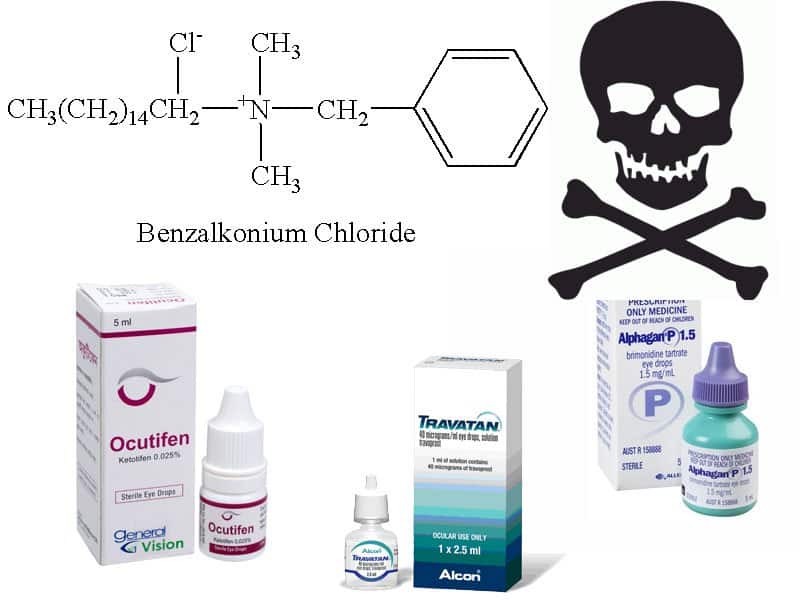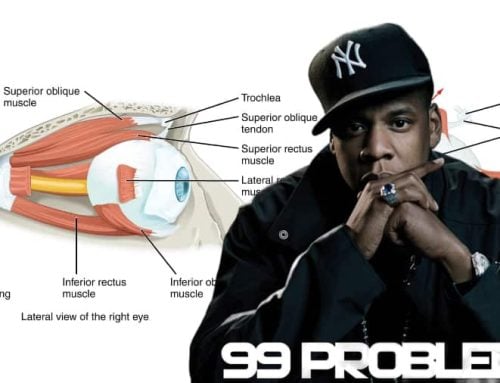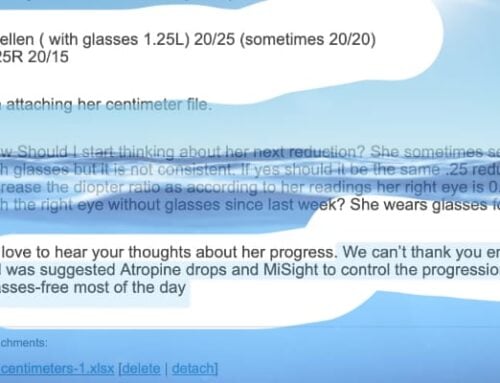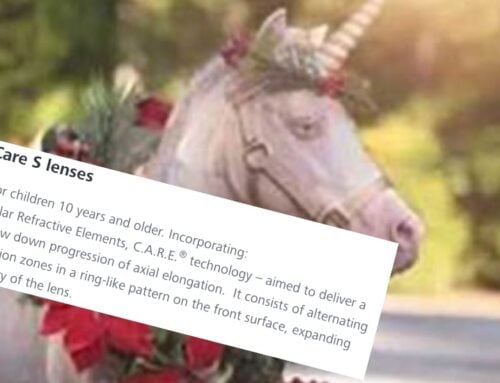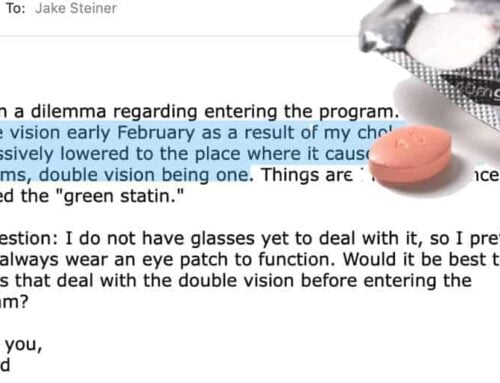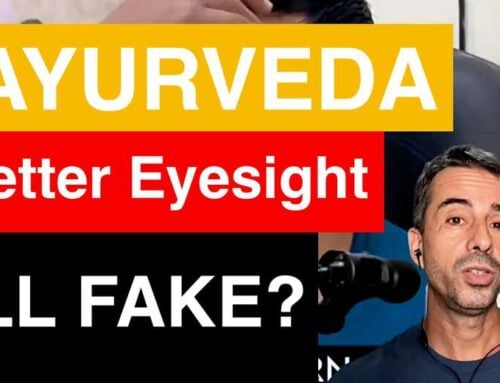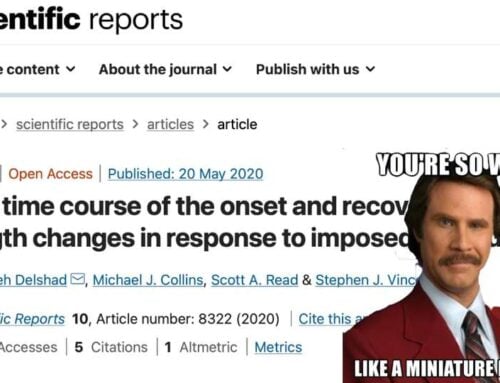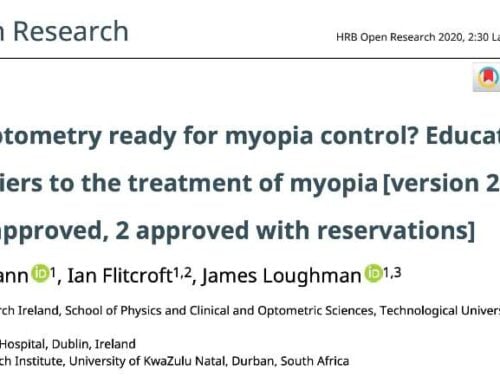Dry eyes. Bane of my existence.
I used to have really dry eyes. I don’t anymore, but there was a time where I couldn’t wear contact lenses, and my eyes felt like sandpaper was rubbing around in them. If you read this blog regularly, you already know about some great strategies to prevent dry eyes.
In many cases eye drops are simply abused, and the true cause of dry eyes is ignored.
If you have dry eyes because of contact lens use, if you have dry eyes because you sit in front of a computer in an air conditioned office for 10 hours a day, if you have dry eyes because you smoke weed and party too hard, then don’t use eye drops. Fix your environment, and your eyes won’t be dry.
There are however lots of cases where eye drops make sense, and may actually benefit your eyes (more on that, in another post). But regardless of the use case, absolutely avoid eye drops containing benzalkonium chloride as preservative. That’s some vile stuff, seriously reducing the effectiveness of your cornea’s protective epithelial barrier.
This barrier is the key system protecting your eye from potentially dangerous contaminants, and should never be compromised. Serious vision health complications are likely if this barrier is rendered ineffective.
Studies have shown conclusively that benzalkonium chloride disrupts this barrier, and yet eye drop manufacturers continue using BAC in eye drops:
The effect of artificial tear solutions on the corneal epithelial barrier was evaluated by measuring corneal uptake of 5,6 carboxyfluorescein (CF) after exposure of rabbit corneas to various formulations in a conjunctival cup. Four tear solutions containing 0.01% benzalkonium chloride (BAC), a formulation containing 0.001% Polyquad, a contact lens re-wetting solution containing 0.004% thimerosal, and each of the above preservatives in balanced salt solution (BSS) were evaluated. Four non-preserved solutions were also tested. After treatment with the solutions corneas were exposed to the CF, removed from the eyes and dialyzed in balanced salt solution. The CF concentration in the dialysate was measured by fluorometry. Solutions containing 0.01% BAC caused a 9.24 to 99.28 fold increase in CF uptake as compared to control. Solutions preserved with Polyquad or thimerosal caused only a 0 to 4 fold increase in CF uptake while non-preserved solutions caused no change compared to control. Corneas prepared for transmission electron microscopy using fixative containing ruthenium red exhibited damage which correlated well with CF uptake; the ruthenium red penetrated the epithelium to the basal cell layer after corneal exposure to solutions containing BAC while only superficial cell layers were stained after exposure to the other test solutions. The method used in this study allows statistical comparison of artificial tear formulations. The data show that patients with severe dry-eye who use artificial tears frequently should avoid tear solutions containing BAC and that non-preserved solutions are preferable for treatment of these patients.
Pretty unequivocally bad stuff. source
As an aside, you may notice that simply taking breaks from computer screens after three hours, for no less than 45 minutes of outdoor time will reduce dry eyes significantly (and conversely, staring at screens for many hours a day making your eyes more dry).
The simple fact is that concentrated reading or computer use reduce your blink rate by 300% or more – and blinking is what delivers tear fluid.
We talked about how reduced tear fluid can lead to corneal abrasion. We talked about how thinner contact lenses can be far better for your eyes, than thicker ones. There is very little education from many sources who sell various prescriptions and treatments. It’s up to you to educate yourself. (which, easy – just read this blog)
Keep your eyes healthy, know what causes symptoms, know what’s in these products!
Cheers,
-Jake

